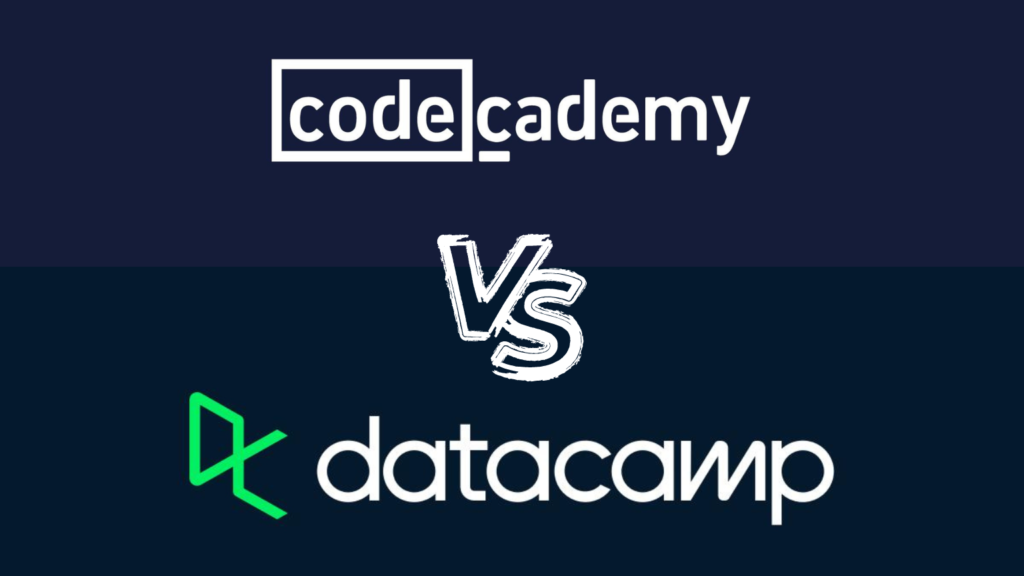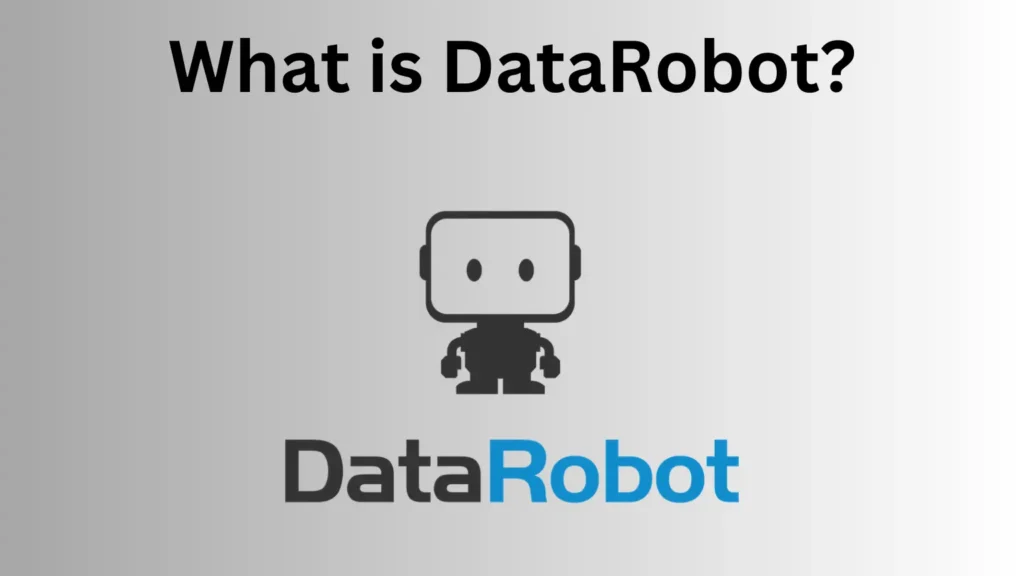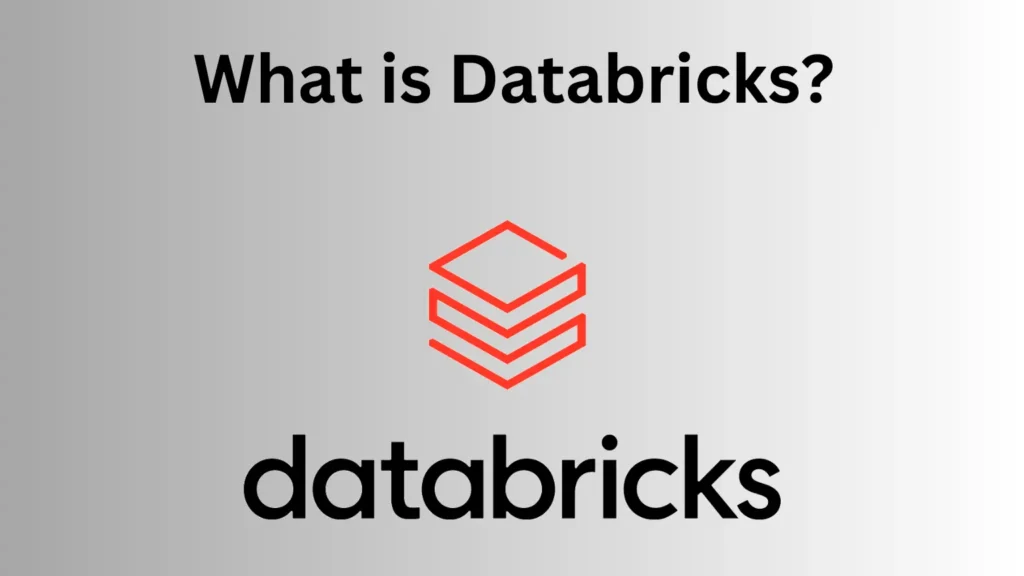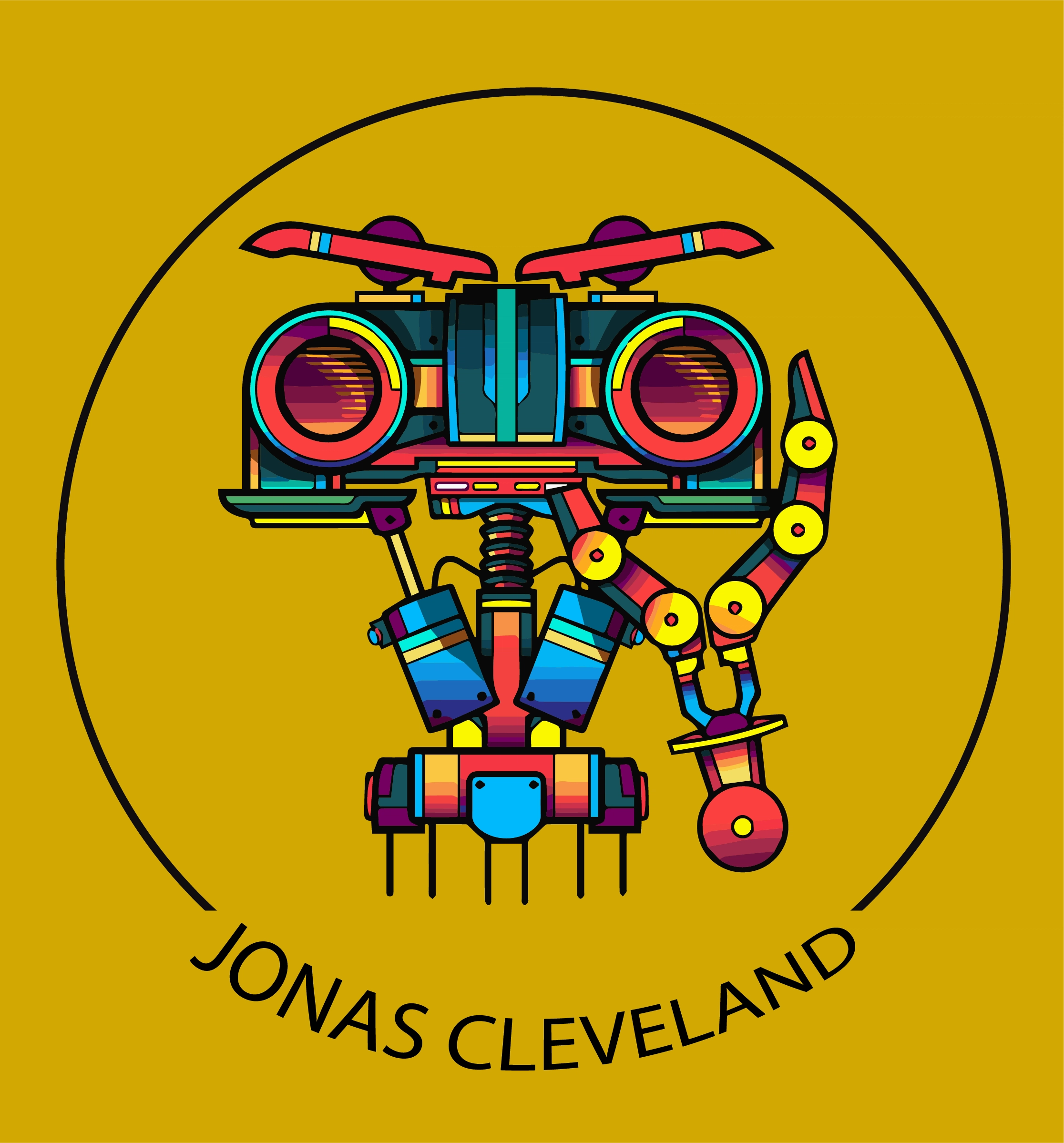Datacamp vs Codecademy: Which Platform is Right for You?

When it comes to learning to code, there are many online platforms to choose from. Two of the most popular are Datacamp and Codecademy. Both platforms offer a wide range of courses and resources for learners of all levels. But which one is right for you? In this article, we’ll compare Datacamp vs Codecademy across several key areas to help you make an informed decision. Datacamp Datacamp is an online learning platform that specializes in data science and analytics. It offers over 430 courses and career tracks designed to prepare learners for specific roles or career paths in data science, machine learning, and programming. Datacamp’s courses are interactive and engaging, with hands-on coding exercises, quizzes, and video lectures. The platform also offers a free basic plan with access to some of its courses, as well as a paid subscription plan with additional features and benefits. Datacamp’s courses are designed to be accessible to learners of all levels, from beginners to experienced professionals. Codecademy Codecademy is an online learning platform that offers courses across 20+ subjects and 15 programming languages, with a focus on coding and courses related to data science and analytics. Codecademy’s courses are designed to be beginner-friendly, with some basic courses specifically designed for absolute beginners who are new to programming languages. The platform offers a free plan that gives learners access to some of its courses and basic features, as well as paid subscription plans with additional features and benefits. Codecademy’s courses are self-directed, meaning learners can work at their own pace and on their own schedule. Software Engineering vs Data Science Datacamp vs Codecademy Course Selection One of the most important factors to consider when choosing an online learning platform is the selection of courses available. Codecademy offers courses across 20+ subjects and 15 programming languages. It specializes in coding and offers courses related to data science and analytics. Datacamp, on the other hand, offers courses in data science, machine learning, and programming. It has a more structured learning style and is designed to help learners build skills in a specific area. Winner: Both platforms offer a wide range of courses, but the selection is different. It really depends on what you’re looking to learn. Learning Experience Another important factor to consider is the learning experience. Codecademy offers a more interactive learning experience, with hands-on coding exercises and quizzes. It also has a “sorting quiz” that helps learners find the best course for their interests and strengths. Datacamp, on the other hand, offers a more structured learning experience, with video lectures and coding challenges. It also has a “skill track” feature that helps learners build skills in a specific area. Winner: Both platforms offer a unique learning experience, but it really depends on your learning style and preferences. Pricing Pricing is always an important consideration when choosing an online learning platform. Codecademy offers a free plan that includes access to some courses and features. Its Pro plan costs $19.99 per month and includes access to all courses, quizzes, and projects. Datacamp offers a free plan that includes access to some courses and features. Its Basic plan costs $25 per month and includes access to all courses and projects. Its Premium plan costs $33.25 per month and includes additional features like skill assessments and career tracks. Winner: Codecademy. Its Pro plan is more affordable than Datacamp’s Basic plan and offers access to all courses and features. Certifications Earning a certificate can be essential for some learners for a number of reasons. It can be proof of successfully completing a course or learning program, something to show to a future employer, or it can be added to your Resume or LinkedIn profile. Both Datacamp and Codecademy offer certificates for completing courses, but not all certificates are verified. This means that the online learning platform and its courses are not partnered and issued by a credible University or Institution. Winner: Both platforms offer certificates for completing courses, but it’s important to note that not all certificates are verified. Accessibility Accessibility is an important consideration for learners who may have disabilities or who speak languages other than English. Datacamp offers subtitles in multiple languages, making it more accessible for non-native English speakers. Codecademy, on the other hand, only offers courses and site navigation in English. Winner: Datacamp. Its subtitles in multiple languages make it more accessible for non-native English speakers. Flexibility Flexibility is important for learners who may have busy schedules or unexpected life events. Datacamp offers a feature for monthly users to pause their account for as long as they need. After that time period, the subscription will automatically reactivate, and learners can continue without losing any progress. Codecademy does not offer this feature. Winner: Datacamp. Its pause feature makes it more flexible for learners who may need to take a break from learning. Community Support Community support can be a valuable resource for learners who may have questions or need help with a particular topic. Codecademy has a community forum where learners can ask questions and get help from other learners and moderators. Datacamp, on the other hand, does not have a community forum but does offer a support page where learners can search for answers to their questions. Winner: Codecademy. Its community forum provides a valuable resource for learners who may need help or have questions. Mobile App Both Datacamp and Codecademy offer mobile apps for learners who want to learn on-the-go. However, learners must have a paid subscription and an active internet connection to access the full learning experience. Winner: Datacamp. Its mobile app is more user-friendly and offers a better learning experience than Codecademy’s mobile app. Career Tracks Career tracks are a valuable resource for learners who want to build skills in a specific area and prepare for a particular role or career path. Datacamp offers career tracks in data science, machine learning, and programming. Codecademy, on the other hand, does not offer career tracks but does offer “skill paths” that help learners build
What is DataRobot? Uses, Competitors, Pros and Cons and More

Data robots are revolutionizing the analytics landscape, automating complex processes to extract meaningful insights from vast datasets. Join us on this journey as we explore the nuances of these advanced tools. Background Story DataRobot is an AI company that was founded in 2012 by Jeremy Achin and Tom de Godoy. The company was established with the aim of democratizing AI and making it accessible to everyone. The founders believed that AI could be used to solve some of the world’s most pressing problems, but it was only accessible to a few people with specialized skills. They wanted to change that by creating a platform that could automate the entire AI workflow, from data preparation to model deployment. Target Customers DataRobot’s AI platform is designed to serve a wide range of industries, including: The platform is used by data scientists, business analysts, and IT professionals to build and deploy AI models that can help organizations make better decisions and improve their operations. Some of DataRobot’s featured customers include United Airlines, Deloitte, Harmoney, Stanley Black & Decker, and Blue Health Intelligence. Capital Raised, Estimated Revenue DataRobot has raised a total of $1 billion in funding over 11 rounds. The company’s latest funding was raised on June 29, 2021, from a Series G round. DataRobot is funded by 40 investors, with Salesforce Ventures and Sutter Hill Ventures being the most recent investors. DataRobot has a post-money valuation in the range of $1 billion to $10 billion as of June 27, 2021. The company’s estimated revenue is not publicly available. What is Databricks? Products and Services AI Experimentation AI Production Open Ecosystem Add-on products What is v7 LABS? Competitors DataRobot’s main competitors in the AI platform market include: Pros and Cons of DataRobot Pros 1. Robust Tools & Functionality: 2. Interface & Usability: 3. Product & Platform Enhancement: 4. Data Handling & Analysis: 5. Education & Documentation: Cons 1. Usability & Complexity: 2. Features & Customization: 3. Costs & Expenses: 4. Integration & Connectivity: 5. Training & Learning Curve:
What is Databricks, Its Uses, Alternatives, Features And More to Know

Databricks is a cloud-based platform that offers a unified solution for big data analytics and collaboration. Developed by the creators of Apache Spark, it seamlessly integrates data engineering, machine learning, and analytics. Let’s delve deeper and unpack the technical intricacies of Databricks. Background Story Databricks was founded by a group of individuals involved in making Apache Spark, including Matei Zaharia, Reynold Xin, Patrick Wendell, and Ali Ghodsi. The company was initially based on the AMPLab project at the University of California, Berkeley, which was focused on developing big data processing technologies. The founders of Databricks saw an opportunity to commercialize Spark and make it more accessible to enterprises. Since its founding, Databricks has grown rapidly and has become a leading provider of big data processing and analytics solutions. The company has received numerous awards and recognitions, including being ranked as one of the best large “Workplaces for Millennials” in 2021. Target Customers Databricks primarily targets large enterprises that need to process and analyze large amounts of data. The company’s platform is used by a wide range of industries, including: Some of Databricks’ top customers include Google, Oracle, Microsoft, SAP, Tencent, Comcast, Nielsen, and Shell. What is Scale AI? Capital Raised, Estimated Revenue Databricks has raised a total of $1.9 billion in funding since its founding, with its most recent funding round in November 2021 raising $1.6 billion at a valuation of $38 billion. The company’s estimated revenue was $800 million in 2021, and it has grown to $1.24 billion in 2022. Databricks has also been recognized as one of the fastest-growing companies in the United States, with a three-year revenue growth rate of 2,090%. Databricks primarily targets large corporations, with annual contracts amounting to millions of dollars. They have a clientele of over 7,000 and maintain a net retention rate exceeding 150%. Databricks generates revenue by billing customers for platform usage and offering professional services for setup assistance. We believe that over 90% of its earnings are from the platform, while the remaining portion comes from the professional services. Products and Services What is Labelbox? Competitors In the Big Data Analytics sector, based on customer data, the three leading competitors to Databricks are Apache Hadoop, holding a 19.60% market share, Azure Databricks with 14.83%, and Talend at 12.70%. Following is the list of some more competitors: Pros and Cons of Databricks Pros 1. Collaboration & Development Environment: 2. Integration & Support: 3. Performance & Scalability: 4. Features & Visualization: 5. Stability & Security: Cons 1. Development & IDE Limitations: 2. Visualization & Features: 3. Management & Usability: 4. Access & Control:
